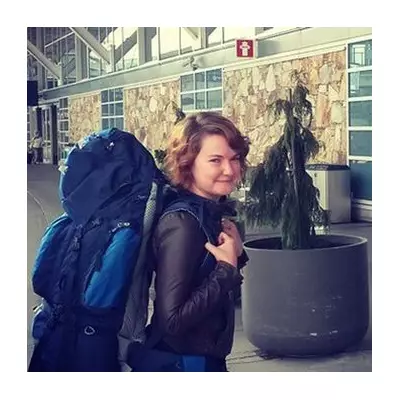
An enormous airport in Berlin, originally constructed by the Nazis and later abandoned, has experienced a breathtaking metamorphosis, emerging as one of the city's most beloved public spaces.
From Nazi Power to Allied Lifeline
Tempelhof Airport, first built in the 1920s, was dramatically redesigned in the 1930s as a demonstration of the Third Reich's might. Its colossal, crescent-shaped terminal, stretching an impressive 1.2 kilometres, remains one of the biggest structures under a single roof anywhere on the planet.
Following the Second World War, the airport's role shifted profoundly. It turned into a beacon of hope during the Berlin Blockade of 1948–49. When the Soviet Union attempted to starve the Western Allies out of the city, Tempelhof became the central hub for the Berlin Airlift, with Allied aircraft delivering vital supplies to the isolated populace.
A New Lease of Life as an Urban Oasis
The final commercial flight departed in 2008, and the airport was formally closed on 30 October 2008. Just two years later, in a visionary move, the city authorities opened the gates to the 380-hectare site, converting the former airfield into Tempelhofer Feld, Berlin's largest inner-city park.
Today, the space is a huge recreational area for Berliners, who visit in their thousands to picnic, cycle, fly kites, or simply relax. The park encompasses nearly 750 acres of open fields, making it twice the size of the entire principality of Monaco.
Preserving History, Fostering Community
The iconic terminal building has not been left to decay. It now serves as a venue for major events, trade fairs, and concerts, injecting fresh energy into the historic structure. Its distinctive curved roof and facade are meticulously maintained due to their legally protected status.
On the ground, the park fulfils multiple roles. It features protected natural zones that are home to rare plants and wildlife. Community groups have established urban gardening projects and various cultural initiatives, ensuring the site remains a dynamic and evolving space.
The park is so extensive that it has 10 entrances across three southern Berlin neighbourhoods. A six-kilometre loop, which follows the original runways, is now a popular track for cycling, skating, and jogging.
Lukas Staudinger, co-founder of POLIGONAL, which runs walking tours, told the BBC: "The space is not just a historical site; it's become some sort of place of entertainment, excitement. It's a space for sub-cultural practices and for many different things, including for certain birds, which only nest there and nowhere else in the whole area."
Local resident Oumi Janta encapsulated the park's unique appeal, saying, "When I have family or friends visiting, I definitely show them this place. Where else in the world do you find an abandoned or closed airport where you can just walk – or in my case, skate – around and feel freedom?"
The site's dramatic scenery has even caught the eye of Hollywood; earlier this month, actress Glenn Close shared on Instagram that she was filming scenes for the upcoming Hunger Games prequel, Sunrise of the Reaping, at the former airport.





